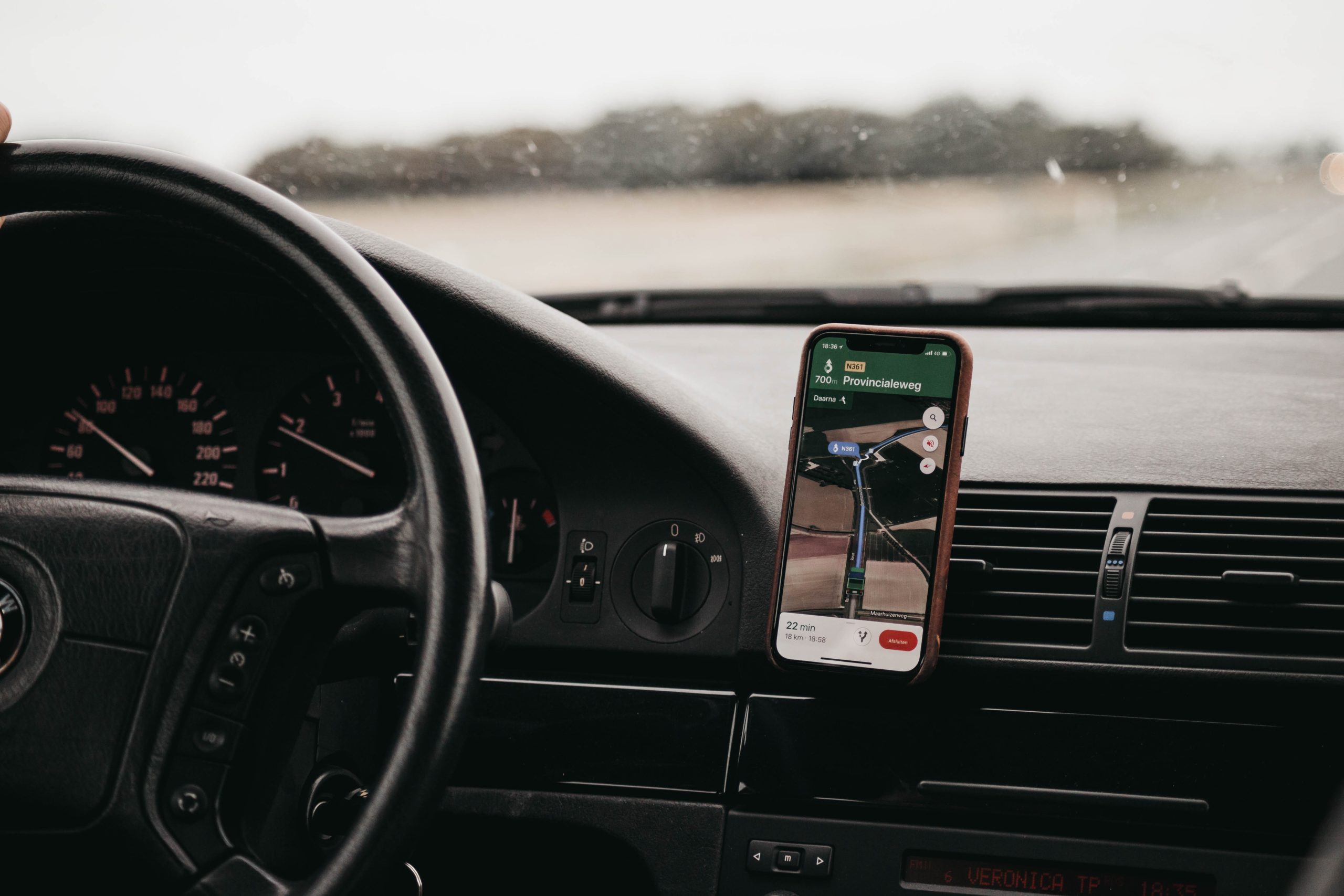It’s a Tuesday in March. I have an important lunch meeting downtown and I’m already running a bit late. It’s 11:43 am. I jump into my car, connect my phone, and ask Google for directions.
“Hey Google, how do I get to Jimmy’s Restaurant on Main St?”
Almost instantly three routes pop up. I pick the fastest one and briskly (but safely!) pull out of the office parking lot and begin following the turn-by-turn directions.
ETA 11:58 am.
Phew! I’m going to make it – with 2 minutes to spare! That is, until I start approaching a growing line up of cars ahead.
“What? Noooo! What’s going on?! Oh noooo – a train!!! Aghhh! I’m going to be late!”
Now what? I’m stuck in a sea of vehicles.
“It’s ok, it’s ok,” I reassure myself, “the train will clear, and traffic will start moving soon. I’ll probably only be 5 minutes late.”
But then the train stops. Then it starts moving backwards! Then it stops again and starts moving forwards. Back-and-forth, back-and-forth. I sit there, watching Google update my ETA every few minutes, each time getting later and later.
ETA 12:00 pm.
ETA 12:03 pm.
ETA 12:07 pm.
The agony. Worse, one of the three routes Google provided was 3 minutes longer than the one I chose, but it didn’t cross railway tracks. I’m left sitting in traffic, regretting my choice and complaining about Google’s incompetence. I call Mike.
“Hey Mike, bad news. I’m caught by a train. Looks like I’ll be late and not sure when I’ll get there. The ETA keeps going up with no end in sight! Thanks for waiting.”
Another 10 minutes pass and the train finally clears.
ETA 12:28 pm.
I call Mike again.
“Hey Mike, me again. Looks like I’ll be there around 12:30 pm or later – not sure, Google keeps changing my ETA.”
Mike sympathizes but tells me he has another commitment at 1:00 pm and we’ll have to re-schedule.
Five minutes after that, my lane finally starts to inch ahead. It’s 12:21 pm. Still a long way till the rail crossing. I’ve been in my car for nearly 40 minutes, missed my meeting, missed my lunch, wasted Mike’s time, and now I’ll have to re-schedule and do it again.
I look around. There must be hundreds of cars delayed by the train. I start to wonder, “How many people missed something important like me? What if there was an ambulance with a critically ill patient on board?” I shudder.
Google Maps and Waze are great (and all the other navigation apps). Phenomenal, actually. When it comes to rail crossings, some people think these apps can simply infer traffic delays when there’s a train. They will argue, correctly I might add, that after a few minutes with a train at the crossing, the road on the map will change color from green to yellow, to red. Google will have successfully inferred a delay caused by a train. Sure, there will be a few unlucky souls that don’t get this info in time and are blocked, but many people will, and this isn’t enough to justify making predictions.
This argument has three major flaws.
- As I shared in my story, Google doesn’t know how long a train will be at a crossing. It could be for 2 minutes; it could be 20 minutes. And because Google doesn’t know this, the ETA will continue increasing and quickly become useless.
- As described in an earlier post (here), two-thirds of traffic delay at rail crossings occurs after the train leaves. If Google doesn’t know how much delay will occur while the train is blocking the crossing, it can’t know how much delay to expect after the train clears. It’s missing the biggest part of the delay.
- Emergency vehicles can’t depend on inferences. When lives are on the line and seconds matter, an inference isn’t going to cut it.
For me, I missed a meeting. For parents, they might miss their child’s recital. For travelers, they might miss their flight. And for emergency responders, they might lose a life instead of saving one.
This is why we created TRAINFO.
TRAINFO can predict when a crossing will be blocked up to 30 minutes before a train arrives. We can predict how long the crossing will be blocked and we can predict how long it will take traffic to return to expected speeds.
With this information, I’ve never been unexpectedly delayed by a train again. Now, if my route crosses railway tracks, I know if I need to leave earlier to avoid a train. Or, if I have several route options, I can determine if the one with a rail crossing is best or if I should take a longer route to avoid a train. But it’s not always about avoiding a train. Sometimes, taking the route with a blocked rail crossing is still the fastest. I can know that, too. And now that this information is available to emergency responders, I can feel better that precious minutes are not unnecessarily lost at a rail crossing.


